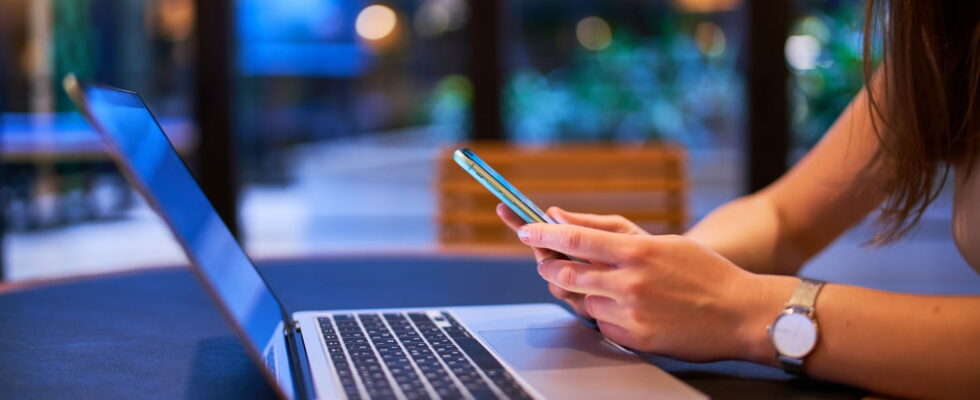Forget USB cables and email transfers! Android phones have a convenient and simple function to quickly exchange files with a Windows PC. And it’s free!
Nowadays, smartphones and computers have become both essential and complementary tools in everyday life. Whether for work or leisure, it is common to start a task or activity on one and continue it on the other. Thus, making these different devices communicate smoothly, and in particular quickly exchange files between them, has become a necessity for many users.
In the Apple world, the AirDrop function fulfills this role perfectly, and in the Windows and Android world, significant progress has been made in recent years. Microsoft has greatly enhanced its Connected Mobile application, which allows you to use your smartphone directly on your PC screen, and its Mobile Devices service, thanks to which you can now access the content of your phone from Windows File Explorer .
But alongside Microsoft’s solutions, there is also another very easy-to-use method for transferring content from an Android phone to a Windows PC: the Quick Share application (literally, Quick Share in French). Developed by Google, free and installed as standard on all smartphones running Android 6 or higher, this file sharing function between devices stands out for its simplicity and speed of use.
To benefit from it, you must first download Quick Share from the official Android websitethen install it by double-clicking the file QuickShareSetup.exe thus recovered. When first opened, the Quick Share application offers to connect to your Google account, in order to facilitate file sharing with your contacts and devices, but this connection is not obligatory.
For content exchange to work, Bluetooth must be enabled on both the PC and the Android device, and both must be connected to the same Wi-Fi network. Additionally, the visibility of each device must be set, to allow them to detect each other. By default and as a safety precaution, this setting is likely to be set to Personwhich prevents files from being received.
You can change PC visibility directly from the main Quick Share screen, by clicking Hidden device to bring up a list of options. If you are not signed into your Google account, you will only be able to select Receive from everyone. Otherwise, you can also choose between Receive contacts And Receive from your devices.
You will also need to check the visibility of your Android device. To do this, touch the top of your screen and slide your fingers down to bring up the settings panel, then press QuickShare. As on PC, you can choose between several visibility modes (Your Devices, Contacts or Everyone). And on PC as on smartphone, the “everyone” mode will be automatically deactivated after around ten minutes, for safety reasons.
Once these settings are made, you can easily transfer documents, photos, videos, files or any type of content from your PC to your smartphone, or vice versa. To send files from the PC, simply drag them from Windows Explorer to the Quick Share window, or click the button Select in the latter. And to transfer content from your Android device, select it on your screen, then tap the option Share and then the option QuickShare.
Either way, you’ll need to manually validate any file transmission on the receiving device. It is a security mechanism that aims to avoid receiving unsolicited or malicious content. Quick Share is therefore a good alternative to Microsoft solutions for sharing files between Android and Windows devices. Although it offers more limited functions than the Connected Mobile application, it is easier to use and allows the exchange of content without using your Microsoft account.
